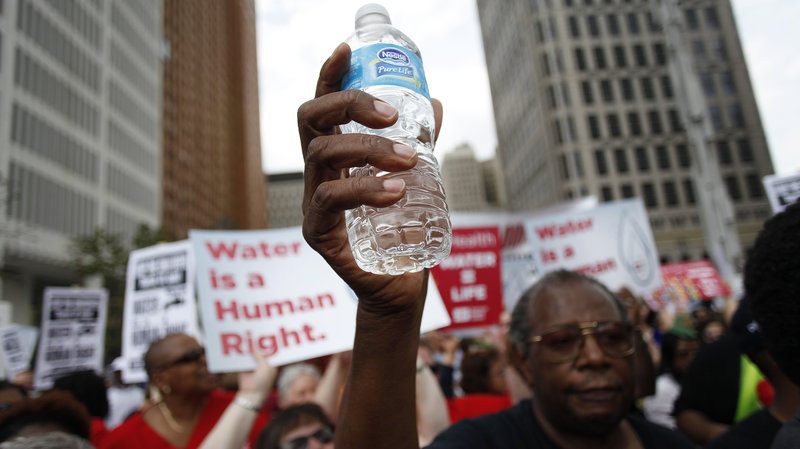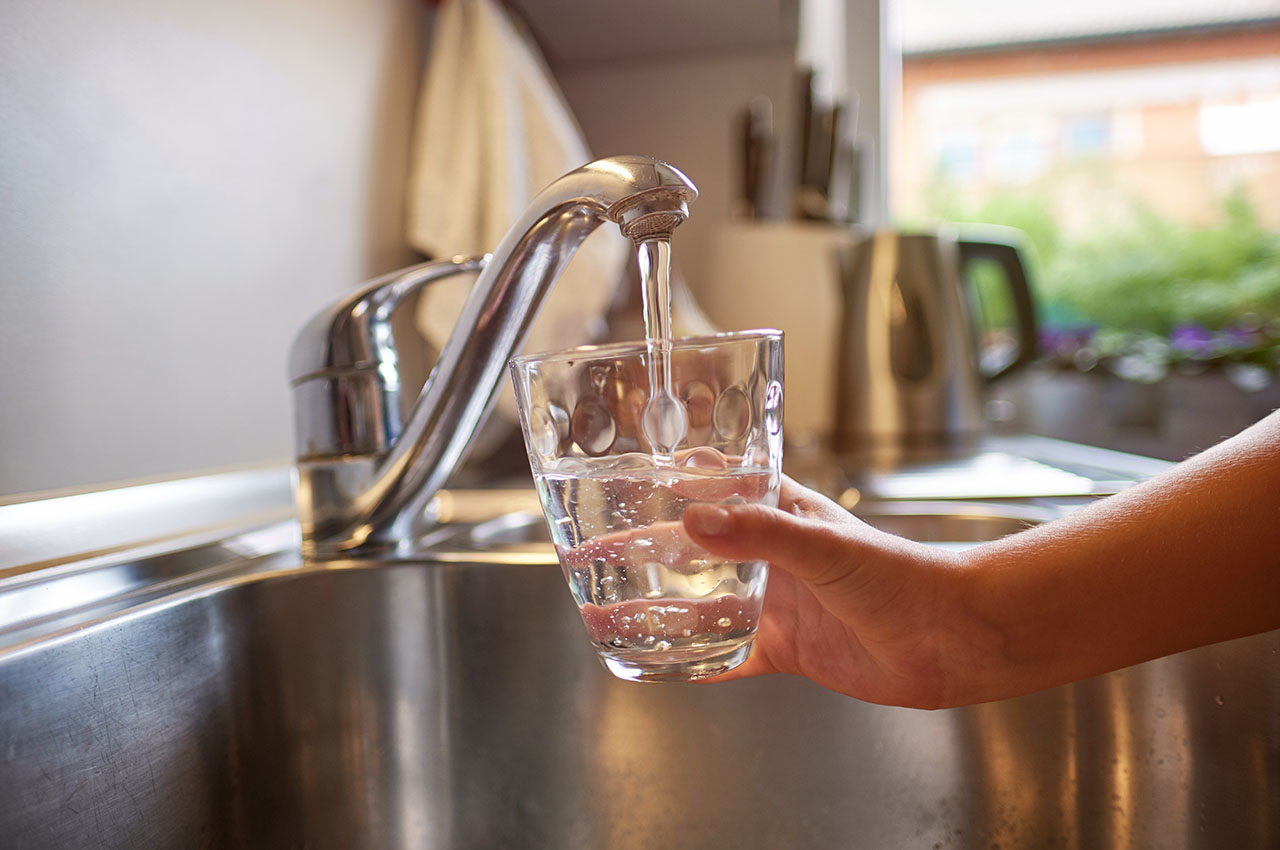Home

Urban households across the United States—and the water departments that serve them—are under tremendous financial pressure to maintain access to safe drinking water. Diminished federal support for water infrastructure investments, shrinking urban populations (in some cities), and climate change have resulted in municipal water departments raising water rates to meet the growing costs of healthy and sustainable drinking water provision. This steepening trend of increased rates, however, couples with stagnant household incomes among the poorest urban residents over the past three decades. The result is a growing water poverty cycle in cities across the US, where poor urban households experience water shut-offs that can even end with home foreclosures.
Our research seeks to understand the nature of water poverty in U.S. cities, to examine potential local-level policy responses, and to explore how federal programming might support utilities and households in need. Based on an analysis of drinking water provision in our case study cities, including Seattle, Chicago, New Orleans, Detroit, Kansas City (KA), New York, and Omaha, we are working with utilities to explore the spatial and demographic character, as well as prevalence, of urban neighborhoods hardest hit by water affordability challenges. We examine the different types of Customer Assistance Programs that water utilities run to understand how well they reach vulnerable households and how enrolled households compare with those whose water gets shutoff. Ultimately, we are working to build online interactive platforms for municipal water utilities and for residents and their advocates that will create a public space for understanding and visualizing how drinking water systems are performing, particularly for the most vulnerable residents. These sites will give stakeholders a way to assess where their neighborhood and city stands with regard to water poverty, and will help to envision policy alternatives to the water poverty cycle.

- Understand the true cost and affordability challenges of drinking water -
- Identify fair and effective methods for customer assistance -
- Spatialize information on water shutoffs and vulnerable households to improve assistance -
- Comprehend the water poverty cycle, from affordability definitions through to regulations shaping utility practices -
- Advocate for low-income households in vulnerable communities and the public utilities that serve them -

We are extremely thankful to the Abdul Latif Jameel Water and Food Systems Lab (J-WAFS) for their support and sponsorship that have enabled this work.
J-WAFS is an Institute-wide effort that fuels research, innovation, and cross-disciplinary collaborations focused on water and food systems to meet human needs. Through early-stage research grants, support for technology commercialization, sponsored research management, student funding and mentorship, and events that convene local and global experts, J-WAFS leverages the world-class resources for which MIT is known.